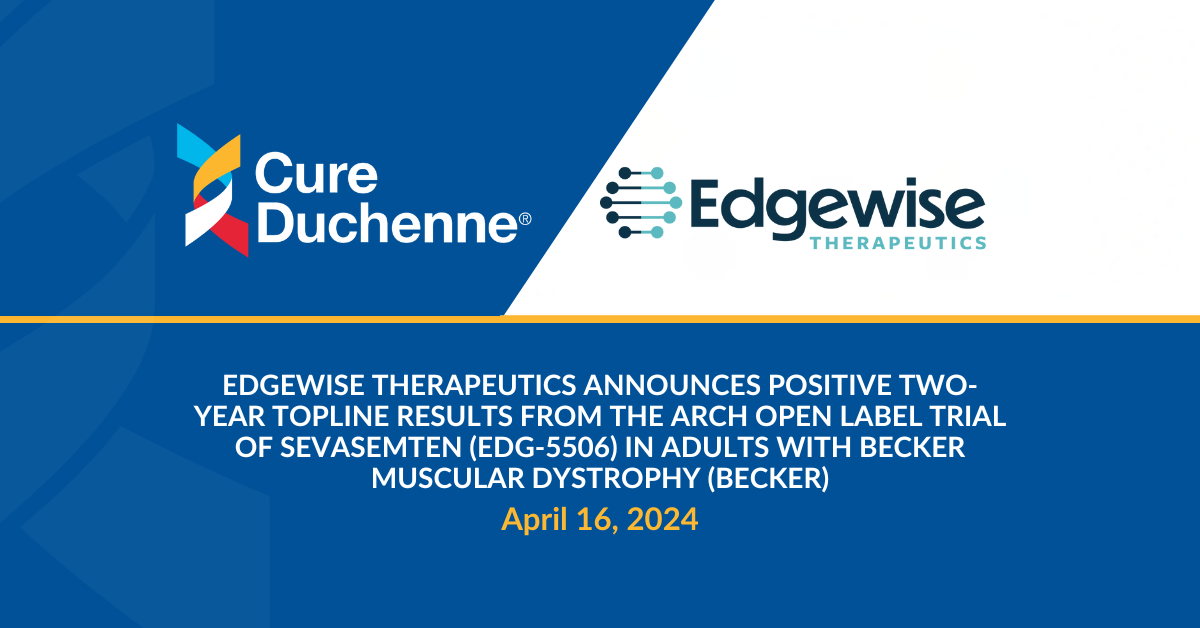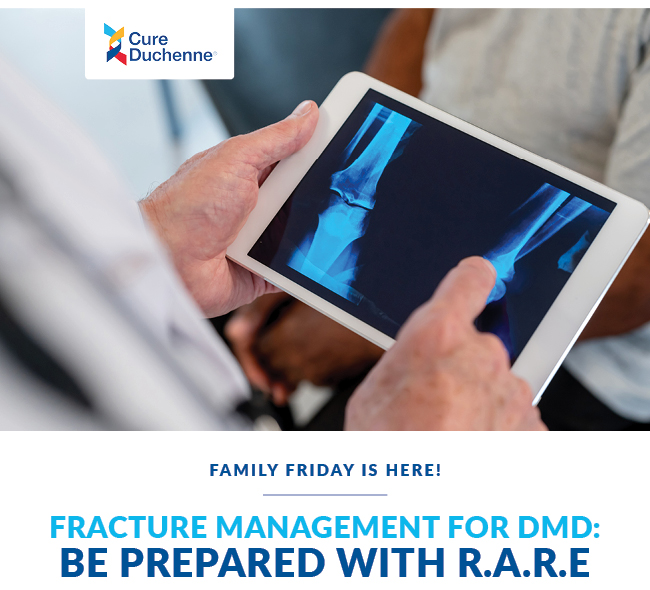Notes From World Muscle Society 2013
 WMS 2013 was full of excitement and interest as results of current clinical trials and early stage research were discussed. Here are some highlights, thank you Abby Bronson for summarizing the highlights.
WMS 2013 was full of excitement and interest as results of current clinical trials and early stage research were discussed. Here are some highlights, thank you Abby Bronson for summarizing the highlights.
ORAL PRESENTATIONS
Dr. Elizabeth McNally of the University of Chicago discussed her work focusing on identifying genetic modifiers that cause different phenotypes in muscular dystrophy. Using first a mouse model and then human data from the United Dystrophinopathy database, she found a polymorphism in the ltbp4 gene that correlated with the severity of muscular dystrophy and that this gene is linked with the inflammatory pathway. She then looked at the less severe phenotype who had this polymorphism and looked at those on steroids and found that this cohort of patients had prolonged ambulation by two years. She hypothesized that there is a drug interaction with the inflammatory pathway that is contributing to these positive effects. She will continue to look at the relationship to understand the effect and if there is a potential therapeutic target and the possibility of ltbp4 gene being used as a biomarker.
Dr. Paul Martin of Nationwide Children’s Hospital described his work delivering GALGT2 via gene therapy. Over-expression of GALGT2 has been found to inhibit the development of muscle disease by increasing the expression of key dystroglycan binding proteins and in turn, preventing muscle damage. These proof of concept studies led to the delivery of GALGT2 via gene therapy, where it was found to be effective in reducing muscle diseases. More work needs to be done to understand GALGT2 but it could be a potential therapy for DMD.
Professor George Dickson of the Royal Holloway Hospital in London also discussed gene therapy later in the meeting. He discussed his work on GRMD using microdystrophin delivered by RAAV into an isolated limb using a tourniquet. He looked at expression levels above and below the tourniquet and also the contralateral limb. While the numbers are small, he reported positive results in terms of expression levels, functionality measures, and immune response parameters. He is planning more studies in larger numbers of GRMD to further explore this potential therapy.
Dr. Judith van Deutokom of Prosensa provided a summary of her work trying to increase the uptake of the 2’O-methyl AONs in muscle and heart by combing the AON with a peptide. She found that a 7-amino acid linear peptide when conjugated with the 2’O methyl AON was able to enhance the uptake. This will require more work but could prove promising in terms of increasing the bioactivity and thus effectiveness, of 2’O-methyl AONs.
Dr. Dominic Wells and his collaborators from the Royal Veterinary College in London presented a poster on a similar concept –that of improving the performance of an oligo by modifying the backbone of the oligo. In this case, they showed that a PPMO (a peptide-PMO, a morpholino) using the Pip6a peptide, when dosed IV repeatedly over several weeks in the mdx mouse, showed improved efficiency in exon skipping. and improved muscle strength and function . It is thought that these peptides, by altering the oligo’s properties slightly, help the oligo enter the cell more efficiently.
Dr. Wein from Nationwide Children’s Hospital described how functional, yet truncated dystrophin for exon 2 duplications can be produced. There is an alternative initiation of dystrophin expression called IRES (internal ribosomal entry site) that resides at exon 5. It is muscle specific and glucocorticoid induced. By using exon skipping and glucocorticoids, this alternative expression of dystrophin is induced. This was demonstrated in a patient cell line with an exon 2 duplication and a new mdx model with an exon 2 duplication. This concept holds promise for all 5’ mutations.
Dr. Carla Bertoni presented on a new read through compound (RTC13) that, based on initial results in the mdx mouse, looks more effective when compared with PTC124 or gentamicin. More optimization and testing is needed to identify a lead candidate. However, this approach looks promising for DMD nonsense mutations and other dystrophies caused by premature termination.
Fate Therapeutics, focused on stem cell therapies, presented on a bioengineered and optimized Wnt7-a based protein therapeutic. In mdx mice, treatment with Wnt7a caused satellite cell expansion, decreased muscle damage and inflammation and increased hypertrophy. However Wnt7a has never before been considered therapeutically feasible for manufacturing and scale up reasons. Through a structural bioengineering and rational design process, a compound was created that retained the properties needed to confer the good effects but got rid of the properties that made it difficult to manufacture. This newly made protein has been tested in mdx mice and results are positive. The company has plans to go into the clinic in 2015.
POSTERS
There were many posters presented on DMD, too many to cover in depth. A few highlights:
Given the GSK results of last week, there was great interest in GSKs poster reporting on their 48 week Phase 2 study of drisapersen, which had three arms – intermittent dosing, continuous dosing and a placebo arm – and was the foundation for their Phase 3 trial. This poster reported the results of the dystrophin biopsies taken at 24 weeks. GSK used three techniques to measure how much dystrophin was being made in the muscle – immunofluorescence across a broad scope of muscle fibers, Western blot and a third quantification method that was an RNA analysis using RT-PCR that confirmed exon 51 skipping. These three results were combined into a composite score. At 24 weeks this composite score showed a positive trend for all receiving therapy. In terms of clinical outcomes, at 25 weeks, there was a statistically significant improvement in the loss of walking ability of those in the continuous therapy regime but, by end of the trial, the difference became non significant, although the difference was still there. There seemed to be no direct correlation between loss of walking ability and the composite score although some trends were noted.
Sarepta’s Dr. Ed Kaye presented their Phase 2 data which now has 96 weeks worth of data, all of which looks very positive in terms of stabilization of walking ability This data can be seen on the company’s website. All patients are in an extension phase of the trial and data will still be coming in to see if stabilization is maintained over longer periods of time.
PTC presented their phase 3 design based on a retrospective analysis of their phase 2b results. New inclusion criteria was developed that included a percent predicted 6MWD derived from absolute 6MWD data using a previously published age and height based equation to adjust for maturational differences. The phase 3 study is designed to confirm the positive effects seen in the low dose group in the phase 2b..
Dr. Brenda Wong of Cincinnati Children’s Hospital presented on her groups study of insulin-like growth hormone IGF-1 on muscle function and linear height. 17 treated and 21 non treated boys were enrolled for 6 months. Both groups were receiving steroids and continued to receive them. At the end of 6 months, there was a statistically significant difference in height but no difference was detected in any of the muscle function parameters.
Dr. Dianna Escolar of DART and Halo Therapeutics presented the HT-100 study which is currently underway. The study is a single and multiple ascending dose open label safety study, enrolling 30 patients. Enrollment is well underway.
Dr. Sue Fletcher of the University of Western Australia showed how exon skipping with PMO in the mdx mouse can improve the function of the mitochondria (the “energy” makers) in the heart. This is exploratory work but could prove promising and further the utility of morpholinos as a treatment for DMD.
Dr. Ann Connolly of Washington University presented the results of a year long study examining the utility of the Bayley-III scale in young DMD boys. 24 infants and boys were enrolled in 6 centers, with 14 of the infant being 1.6 +- .8 years so they could be tested at three time points, baseline, 6 months and 12 months. She concluded that gross motor skills could be accurately and reliably measured in young DMD boys and that they should be included in clinical trials.
Eugenio Mercurio’s group from Catholic University in Rome reported on the development of a scale called for the upper limb called the PUL (Performance of Upper Limb). It is designed to provide a way to assess the motor performance of the upper limb from when a boy is young to when he loses arm function and becomes non ambulant. Data from 211 DMD boys and it was found to yield a progressive deterioration of scores as the boys got older. The scale did not achieve a full score in boys less than 3.5. The scale is being used in an ongoing trial and will be validated shortly.
Another way to measure upper limb function, especially relevant for the older population, is through measuring the space a boy can reach in a 3D workspace, called “reachable workspace” and captured by a system called Kinect. Data from 8 patients was collected and looks very promising. Validation work to correlate this method of evaluating upper limb function to standard methods is planned as next steps.
At Nationwide Children’s Hospital Dr. Alfano presented a study that compared a 6MWT, a 2 MWT and a 100 meter run. The 2MWT and 100m run were highly correlated with the 6MWT showing that a shorter test has tge potential to be used in clinical trials.




